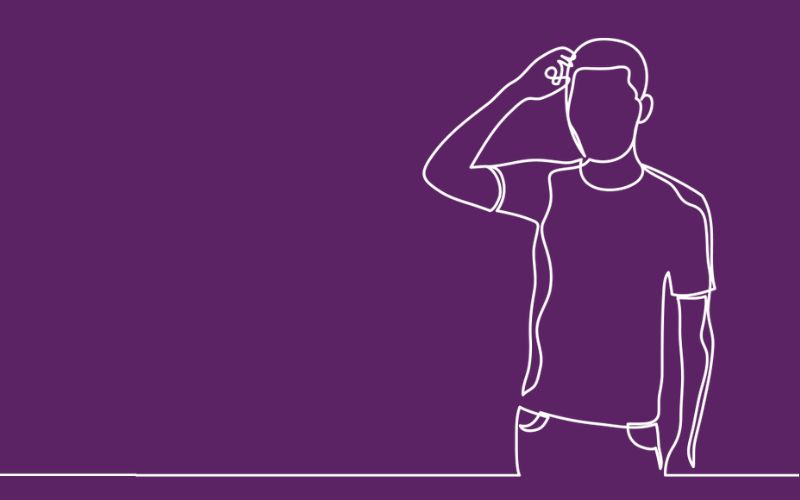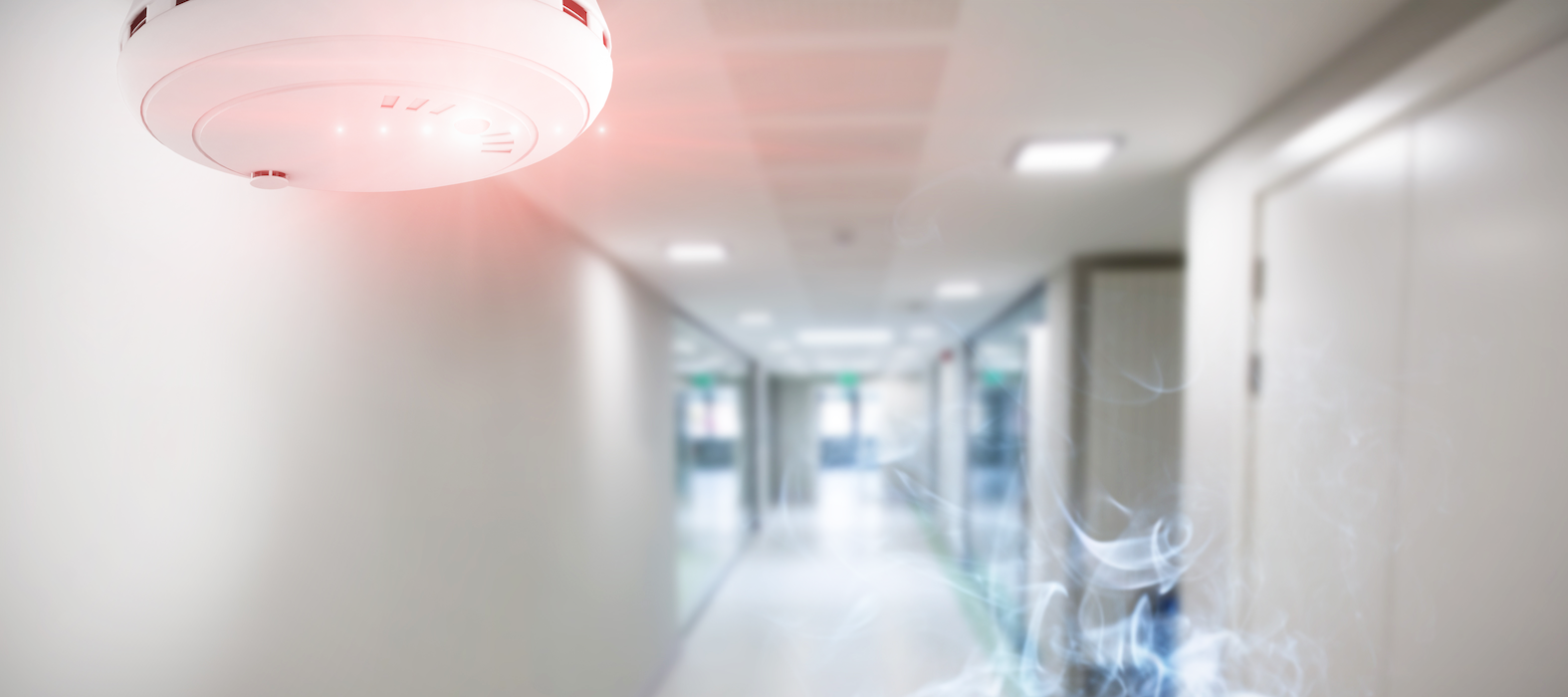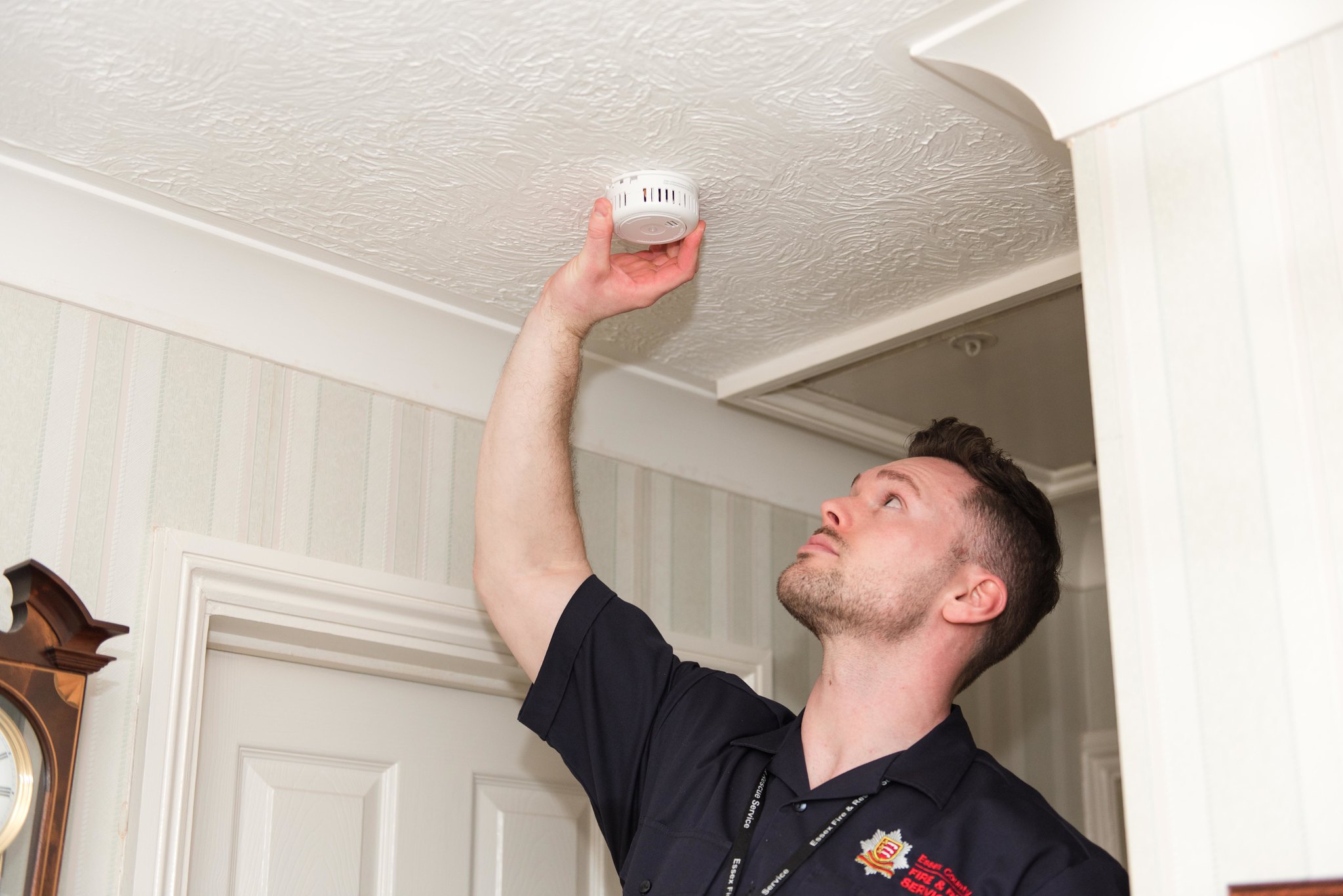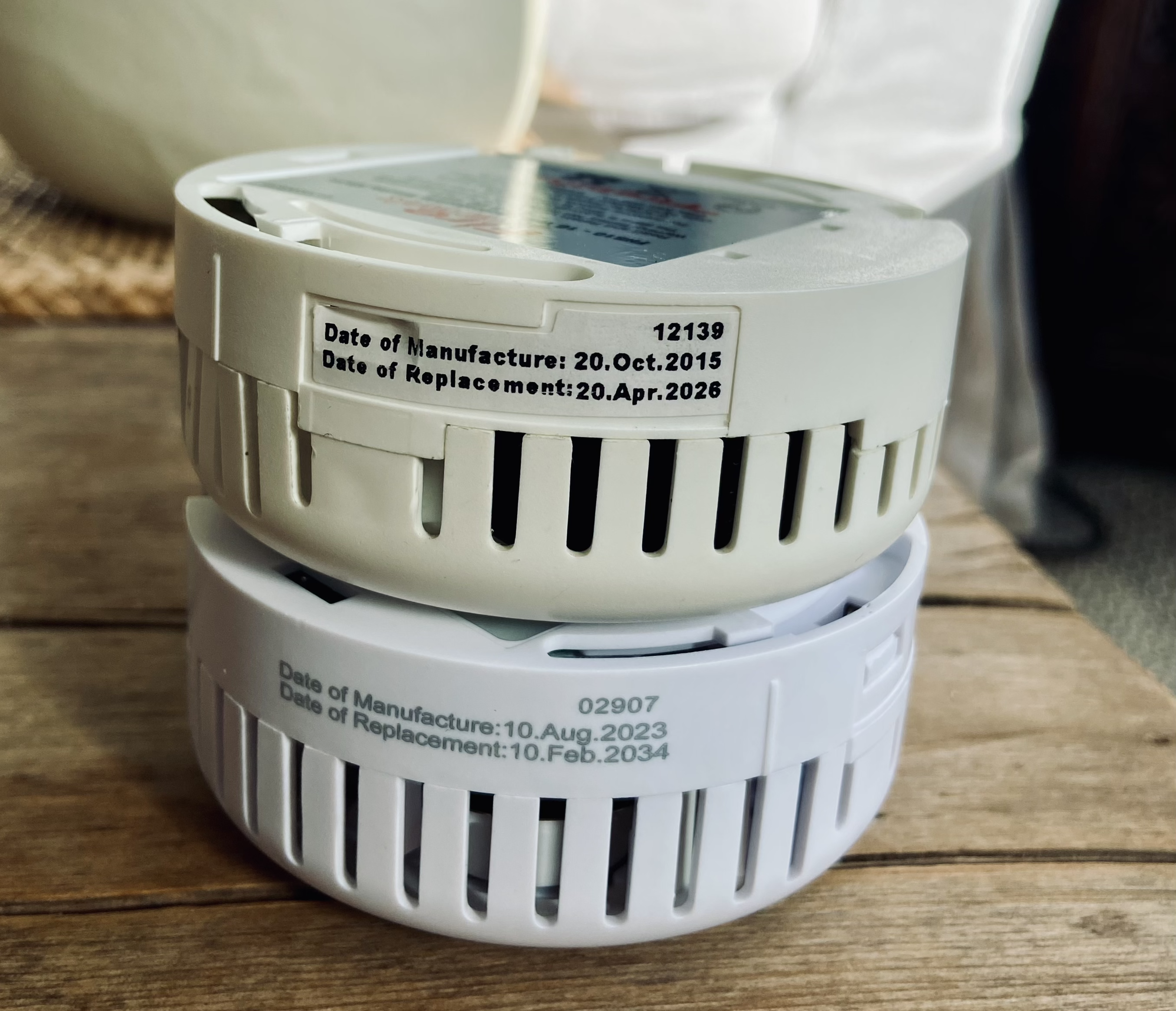
FAQs - Wholetime
Need more information?
Here are the most common questions we've been asked:
Wholetime firefighter recruitment:
Entry requirements
Q. Do I need a driving licence?
A. Yes, you will need a full driving licence (manual) to be eligible to apply for the role. One of the main reasons for this is because candidates could be posted anywhere in the county of Essex, including alternative locations at short notice, so we need to ensure you can easily get to where you’re needed.
Q. Do I have to be a British Citizen?
A. All applicants are required to produce original documentary evidence of identity, eligibility to work in the UK and driving licence. If you have eligibility to work in the UK this must be permanent. You will be required to bring original documentary evidence of identity and eligibility to work in the UK to your fitness assessment and, a full range of valid documents will be confirmed during the recruitment process. Click here for more information about right to work in the UK.
ECFRS does not sponsor work visas for Firefighter applicants
Q. How old do you have to be?
A. The minimum age before you can join the fire service is 18 years old. Applicants can apply at 17 years old provided they will be 18 at the start of their training course. There is no upper age limit.
Q. Are there any height limits?
A. There are no minimum or maximum height restrictions. Candidates will be expected to pass strength and fitness tests as part of the recruitment process and these are at a level achievable for both men and women of all different sizes and builds.
Q. What if I have a criminal conviction?
A. You must disclose any convictions or pending convictions on your application form. While having criminal convictions does not necessarily mean that ECFRS won’t employ you, we will need to undertake a risk assessment process. All successful candidates will be required to undertake an enhanced DBS (Disclosure and Barring Service) check.
Q. Do I have to be fit to be a firefighter?
A. You will need to be physically fit and pass an assessment test to prove this. Take a look at our fitness pages by clicking here to get an idea of the level you need to be at. Don’t worry if you’re not quite there yet – we believe with a bit of training almost everyone is capable of meeting the level we require. Make sure you’re following our Fitness Team on Instagram too.
Q. Can I have a beard?
A. Some facial hair is allowed, but this is limited to a goatee beard or moustache. As a firefighter you will be required to wear a facemask when you are wearing breathing apparatus. To ensure that the facemask forms a seal around the face, it is necessary to keep the face shaven to prevent any dangerous airborne chemicals entering the facemask.
Q. Do I have to live in a certain area?
A. No, there is no postcode restrictions for this role, but you must be able to easily travel to any part of Essex as required.
Q. What about eyesight? What is the vision criteria?
A. Your eyesight doesn’t have to be perfect to be a firefighter, but applicants are required to undertake an eye test as part of the recruit medical.
You must meet the required vision standards to pass the recruit medical which is at the end of the application process – if you are unsure of how well you can see then go to an optician, take the below information with you and get an eye test before you apply to make sure you have the required standard.
Firefighters require a certain level of eyesight to enable them to carry out their role safely and must meet a nationally required standard of both distance and near vision when applying to join the fire service.
Safety glasses are provided by the service, including inserts for Breathing Apparatus (BA); all contact lenses are discouraged on operational duty though, as they may compound eye contamination with chemicals or particulate. Hard lenses cannot be worn with breathing apparatus masks.
How well we see at a distance is measured by opticians using a Snellen Chart and it is recorded as two numbers – 6/6 – for example.
The corrected distance vision standard is 6/9 both eyes together, and a minimum of 6/12 in the worse eye. The minimum uncorrected vision for recruits must be 6/18 in the better eye and 6/24 in the worse eye. Vision must be binocular – both eyes together.
For reading documents/equipment dials close up, we use a Near Vision chart to test your vision which is recorded as a letter N and a number indicating the level of near vision.
Applicants aged 25 and over must be able to read N12 at 30cm unaided with both eyes open, applicants under 25 years of age must be able to read N6 at 30cm unaided with both eyes open. A normal field of vision – how well you can see up, down and to the sides – is also required.
If you are considering laser eye surgery to improve your vision, there may be a delay in letting you apply, please seek advice from our occupational health service before you undertake it so that the implications can be talked through with you.
There should be no history of night blindness or any eye disease that is likely to progress and result in the future failure of the visual standard.
All colour vision defects are assessed individually by risk assessment at the recruit medical stage and may not be a barrier to recruitment, but you’ll not be able to become a firefighter if you are a Monochromat – only able to see in black, white and shades of grey.
Q. What qualifications do I need in Maths and English?
A. You must have a GCSE pass at grade C or 4 (or above), or have completed a functional skills (level 2) in Maths and English. You will be required to provide evidence of these qualifications.
If you do not have GCSE C+ or Level 2 Maths and English you can complete the required Maths and English qualifications at Colchester Institute, either in classroom or online.
Go to their website to find out more: www.colchester.ac.uk/course/functional-skills-english-mathematics/
You can register your interest with them here: www.colchester.ac.uk/functional-skills-application-enquiry-form/
Q. Are you accepting transfers from other fire services?
A. We are not currently accepting transfers from other fire services. If you are a competent wholetime firefighter with another UK Fire and Rescue Service looking to transfer, please email recruitment@essex-fire.gov.uk
Q. I am from a minority group, will I fit in?
A. We are committed to having an inclusive working environment that respects people as individuals and embraces diversity. We do not discriminate on any grounds, including; race, disability, marital status, gender or gender reassignment, age, religion or sexual orientation. We have a number of supportive staff network groups for LGBTQ+, ethnic minorities and women.
Q. Will the role suit me if I am a parent?
A. Many of our firefighters are working parents who find the shift patterns suit their lifestyle well.
Q. Can I wear false eyelashes?
Our Risk Assessment for Breathing Apparatus has been updated to include details about false eyelashes. Tests have found that false semi-permanent eyelash extensions are highly flammable and the glue is likely to melt in heat. As a result, false eyelashes, including temporary strip lashes and semi-permanent extensions, cannot be worn while you are undertaking duties as an operational firefighter.
The application process
Q. When do applications open?
A. Applications are open from 5 February 2024 until 29 February 2024.
Q. What if I can’t make an assessment date?
A. These dates are provided to you at the start of the recruitment process. If you are unable to make any assessment or training dates, unfortunately we will not be able to continue your recruitment process.
Q. What if I fail one of the early stages of recruitment, can I reapply?
A. If you are unsuccessful at any stage of the recruitment process, you will not be eligible to reapply for a minimum of 12 months.
Q. Can I request feedback on my application?
A. Interest in firefighter jobs is always high and we receive a very high number of applications. Due to the types of assessment it’s not possible for us to feedback to you during stages one (initial application) and two (online assessments) if you are not successful at these stages.
If you complete stage two (psychometric assessments) you will receive personalised feedback from Arctic Shores. However, we will provide written feedback for you after stage three (interview).
Fitness tests and educational qualifications
Q. What qualifications do I need?
A. All of our recruits will be required to successfully complete a Level 3 Operational Firefighter Apprenticeship. A requirement of this is that you hold a Level 2 pass in Maths and English. This means you will need to have a GCSE pass at grade C or 4 (or above), or have completed a functional skills (level 2) in Maths and English. You will be required to provide evidence of these qualifications.
You will also have to pass the National Selection Tests as part of the application process, which includes a fitness assessment. For more details please check our Firefighter Fit advice here: Firefighter Fitness – Essex County Fire & Rescue Service (essex-fire.gov.uk)
If you do not have GCSE C+ or Level 2 Maths and English you can complete the required Maths and English qualifications at Colchester Institute, either in classroom or online.
Go to their website to find out more: www.colchester.ac.uk/course/functional-skills-english-mathematics/
You can register your interest with them here: www.colchester.ac.uk/functional-skills-application-enquiry-form/
Q. How fit do you have to be to pass the physical assessment?
A. You will need to be physically fit and pass an assessment test to prove this.
Working on your fitness is probably one of the most effective things to can do to prepare. Take a look at our fitness pages by clicking here to get an idea of the level you need to be at. Don’t worry if you’re not quite there yet – we believe with a bit of training almost everyone is capable of meeting the level we require. Make sure you’re following our Fitness Team on Instagram too.
There is a requirement for you to maintain an appropriate level of fitness which meet our operational requirements. It is your responsibility to ensure that you comply with this requirement at all times during your employment. Your fitness will be assessed throughout your employment.
The role of a firefighter
Q. What does a firefighter do, apart from putting out fires?
A. The incidents that we are called to aren’t just fires. Firefighters work alongside other emergency services and deal with many types of emergencies; road, rail or air crashes, floods, chemical spills or rescuing people and animals trapped in other circumstances.
There’s also daily and weekly checks to do on equipment while you’re at the station. Ultimately, you’ll spend most of your time preventing fires through community interactions, such as school, business and home visits.
Q. What are the working hours?
A. You’ll work a 42 hour week which includes shifts to cover a 24 hour service. A typical shift pattern is 2 day shifts, 2 night shifts and 4 days off-duty.
Q. What are the benefits?
A. We offer a competitive benefit system, including a competitive pension, tax-free benefits, family friendly and flexible working, generous annual leave, career development, health and wellbeing assistance, lifestyle and social benefits.
Q. What will my salary be?
A. As a trainee you will receive a basic annual salary of £27,178. This will increase once you meet the development stage (around four months later) and again when you have become a competent wholetime firefighter (around 18 – 24 months).
| Basic annual
£ |
Basic hourly rate
£ |
Overtime rate
£ |
|
| Wholetime Firefighter | |||
| Trainee | 27,178 | 12.41 | 18.62 |
| Development | 28,310 | 12.93 | 19.40 |
| Competent | 36,226 | 16.54 | 24.81 |
Q. How much annual leave will I get?
A. Annual leave is calculated on the following basis:
| Grade | Scale A | Scale B | Long Service Leave |
| Firefighter up to Watch Manager (Not flexi) | 25 days | 5 days | 3 days |
| Watch Manager flexi up to Group Manager | 28 days | 5 days | 3 days |
| Area Manager | 35 days | 2 days | 3 days |
Q. What is the pension?
A. As your appointment is to a substantive contract, you will automatically become a member of the Firefighter’s Pension Scheme 2015 from the first day of work.
The FPS 2015 is a contributory pension scheme. Trainees will pay in 11% of their annual salary, and Essex County Fire and Rescue Service pays contributions to the scheme of 28.8% pensionable pay.
Q. Do some locations offer fringe allowance?
A. Fringe allowance is paid to employees dependent on the location of their place of work and its proximity to London. There are two payment bands, inner fringe and outer fringe. Inner fringe £857 p/a and Outer fringe £597 p/a.
This list includes on-call stations:
| Outer fringe – £597pa | Inner fringe – £857pa |
| Basildon | Loughton |
| Brentwood | Ongar |
| Corringham | Waltham Abbey |
| Harlow | Epping |
| Grays | |
| Grays | |
| Orsett | |
| Ingatestone | |
| Billericay | |
| Wickford | |
| Old Harlow |
Q. Will I ever get home late?
A. There’s a chance you’ll be called to an incident close to the end of your shift. We work hard to arrange relief so you can leave as close to your shift end time as possible.
Q. What are the locations of Essex’s fire stations? Can I pick the station I work at?
A. Our wholetime fire stations are in Grays, Orsett, Loughton, Colchester, Clacton, Southend, Leigh, Rayleigh Weir, Chelmsford, Brentwood, Basildon and Harlow.
Unfortunately, candidates will not be able to pick the station they want to work at. Candidates will be placed at stations where there are vacancies, though you can state a preference and we will take this into consideration.
Q. Can I become a firefighter as a working parent?
A. Yes. Many of our firefighters, both male and female, are parents. They find that the shift patterns work well to juggle work and childcare.
Q. Is the fire service a career?
A. Yes, there are opportunities and a clear path for development and promotion. Through our learning and development programmes, all employees have access to a suite of training courses to enhance, develop current skills and grow your knowledge. We always encourage employees to achieve the highest level they can and we actively support promotion.
Q. Are all new firefighters doing an apprenticeship as part of the training?
A. Yes, you’ll undertake the apprenticeship programme alongside your training to become a competent firefighter. The programme supports, develops and assesses firefighters to national standards in the first 18 to 24 months of their career.
Offering timely progression, functional skills training and additional learning support, the apprenticeship provides trainee firefighters with a Level 3 qualification in Operational Firefighting, as well as the opportunity to apply for Institute of Fire Engineers (IFE) Technician status.
The standards have been put together by a number of services in association with National Operational Guidance, the Institute of Fire Engineers and other organisations, including rep bodies, so you can be confident you’re continuing to develop your education and career in a really structured and industry-recognised way.
Q. I am ex-army – is firefighting a good career for me?
A. We have many ex-Army colleagues who have found firefighting a great fit for them. We also work closely with CTP (career transition partnership) from the military to support veterans.
Q. Can I wear makeup and jewellery while I’m on duty?
A. We expect our employees to present themselves and dress in a professional manner whilst at work. A uniform that reflects the professional image of the Service is provided and allows firefighters to be appropriately dressed for the range of activities in which they are involved.
For safety reasons, jewellery including rings, earrings and facial piercings may not be worn while on duty. Hair (including facial hair) must not impair the seal of the breathing apparatus face mask nor must it impair vision or hearing. While on duty the use of makeup or hair preparations, such as hair spray, is allowed.
Semi-permanent or false eyelashes may not be worn while on duty.
Medical related questions
Q. What if I wear contact lenses or glasses? What is the vision criteria?
A. Your eyesight doesn’t have to be perfect to be a firefighter, but applicants are required to undertake an eye test as part of the recruit medical.
You must meet the required vision standards to pass the recruit medical which is at the end of the application process – if you are unsure of how well you can see then go to an optician, take the below information with you and get an eye test before you apply to make sure you have the required standard.
Firefighters require a certain level of eyesight to enable them to carry out their role safely and must meet a nationally required standard of both distance and near vision when applying to join the fire service.
Safety glasses are provided by the service, including inserts for Breathing Apparatus (BA); all contact lenses are discouraged on operational duty though, as they may compound eye contamination with chemicals or particulate. Hard lenses cannot be worn with breathing apparatus masks.
How well we see at a distance is measured by opticians using a Snellen Chart and it is recorded as two numbers – 6/6 – for example.
The corrected distance vision standard is 6/9 both eyes together, and a minimum of 6/12 in the worse eye. The minimum uncorrected vision for recruits must be 6/18 in the better eye and 6/24 in the worse eye. Vision must be binocular – both eyes together.
For reading documents/equipment dials close up, we use a Near Vision chart to test your vision which is recorded as a letter N and a number indicating the level of near vision.
Applicants aged 25 and over must be able to read N12 at 30cm unaided with both eyes open, applicants under 25 years of age must be able to read N6 at 30cm unaided with both eyes open. A normal field of vision – how well you can see up, down and to the sides – is also required.
If you are considering laser eye surgery to improve your vision, there may be a delay in letting you apply, please seek advice from our occupational health service before you undertake it so that the implications can be talked through with you.
There should be no history of night blindness or any eye disease that is likely to progress and result in the future failure of the visual standard.
All colour vision defects are assessed individually by risk assessment at the recruit medical stage and may not be a barrier to recruitment, but you’ll not be able to become a firefighter if you are a Monochromat – only able to see in black, white and shades of grey.
Semi-permanent or false eyelashes may not be worn while on duty.
Q. What if I struggle to hear things sometimes?
A. Firefighters need to have a minimum hearing level to be considered fit for the role. You will attend an Occupational Health screening before commencing employment, and each case is looked at individually.
Q. What if I have asthma?
A. You will have an Occupational Health assessment by our Occupational Health Department who will assess your condition at the medical stage and a decision will then be made as to your suitability for the role. Having asthma will not necessarily prevent you from becoming a firefighter, but you will be exposed to smoke and other toxicants which are irritating to the lungs and respiratory system.
Q. What if I have neurodiversity?
A. We welcome applications from people who have neurodiversity. You will be asked to disclose this as part of the recruitment process. We will support you and work with you to put in place any reasonable adjustments that are required.
Q. If I have a disability can I still apply?
A. You will be given the opportunity to advise us if you need any adjustments or support during the recruitment process and suitable adjustments will be made.
Other
Q. What does wholetime mean?
A. Wholetime firefighters work regular shift patterns – two days, followed by two nights and then four days off. Here’s an example:
Monday: 9am – 6pm
Tuesday: 9am – 6pm
Wednesday: 6pm – 9am
Thursday: 6pm – 9am
Friday: Finish at 9am, off for the rest of the day
Saturday: Day off
Sunday: Day off
Monday: Day off
Our wholetime stations are in Grays, Orsett, Loughton, Colchester, Clacton, Southend, Leigh, Rayleigh Weir, Chelmsford, Brentwood, Basildon and Harlow.
Q. What does on-call mean?
A. On-call firefighters have everyday lives and jobs and respond to a pager when they are needed. They are paid for being on-call and need to spend their days or nights within five minutes of an on-call station. Some of our wholetime firefighters provide on-call cover at their local station when they are on their rest days.
Q. What is positive action and why is the fire service doing this as part of their recruitment?
A. Positive action is lawful activity permitted under the Equality Act 2010 that enables us to provide training and additional information to applicants from under-represented groups.
The fire service is currently under represented by people from Black, Asian and Minority Ethnic (BAME) backgrounds, people that identify as Lesbian, Gay, Bisexual and Transgender plus (LGBTQ+), women and people under the age of 25.
Throughout our recruitment campaign, we will be seeking to attract applicants from these under represented groups. To be clear, it is not about giving anyone unfair advantages, lowering standards or ticking boxes. Positive action is used to break down perceived barriers, provide a level playing field and enable people to compete on equal terms knowing that the process is fair and open to all.
We are committed to having a diverse workforce that reflects the communities we serve.
Myth Busting
We're challenging the myths around being a firefighter. Firefighter Francesca Jordan was told you have to be super fit to join the fire service. Watch some more of our myth busters here
Stay connected
Sign up to receive news and updates from Essex County Fire and Rescue Service


